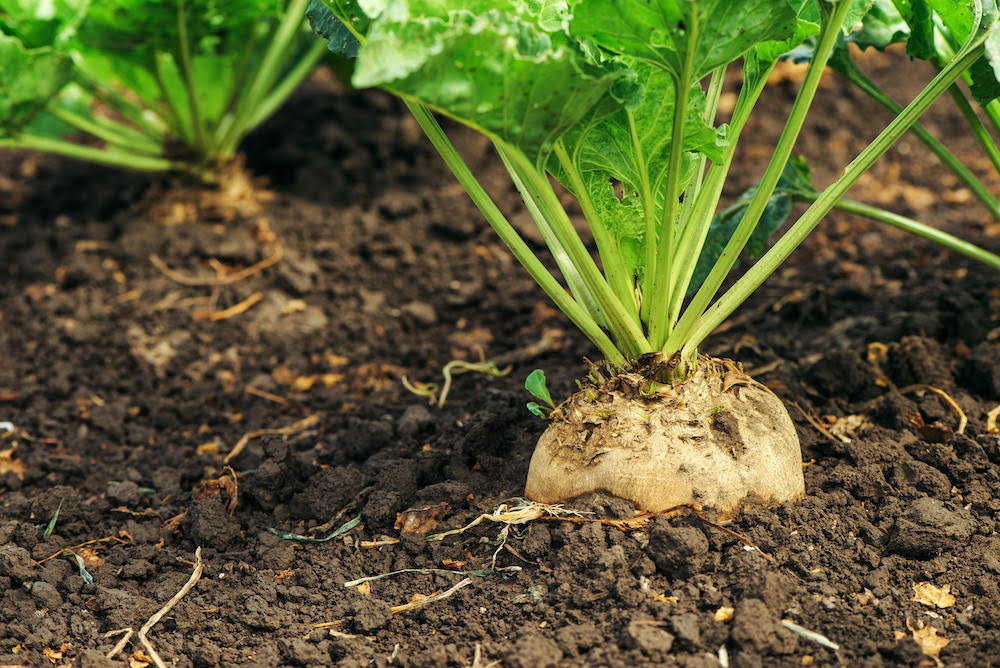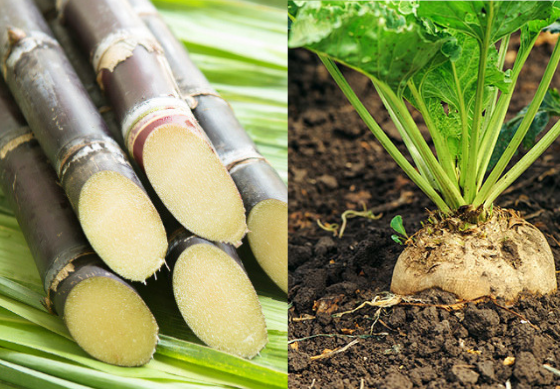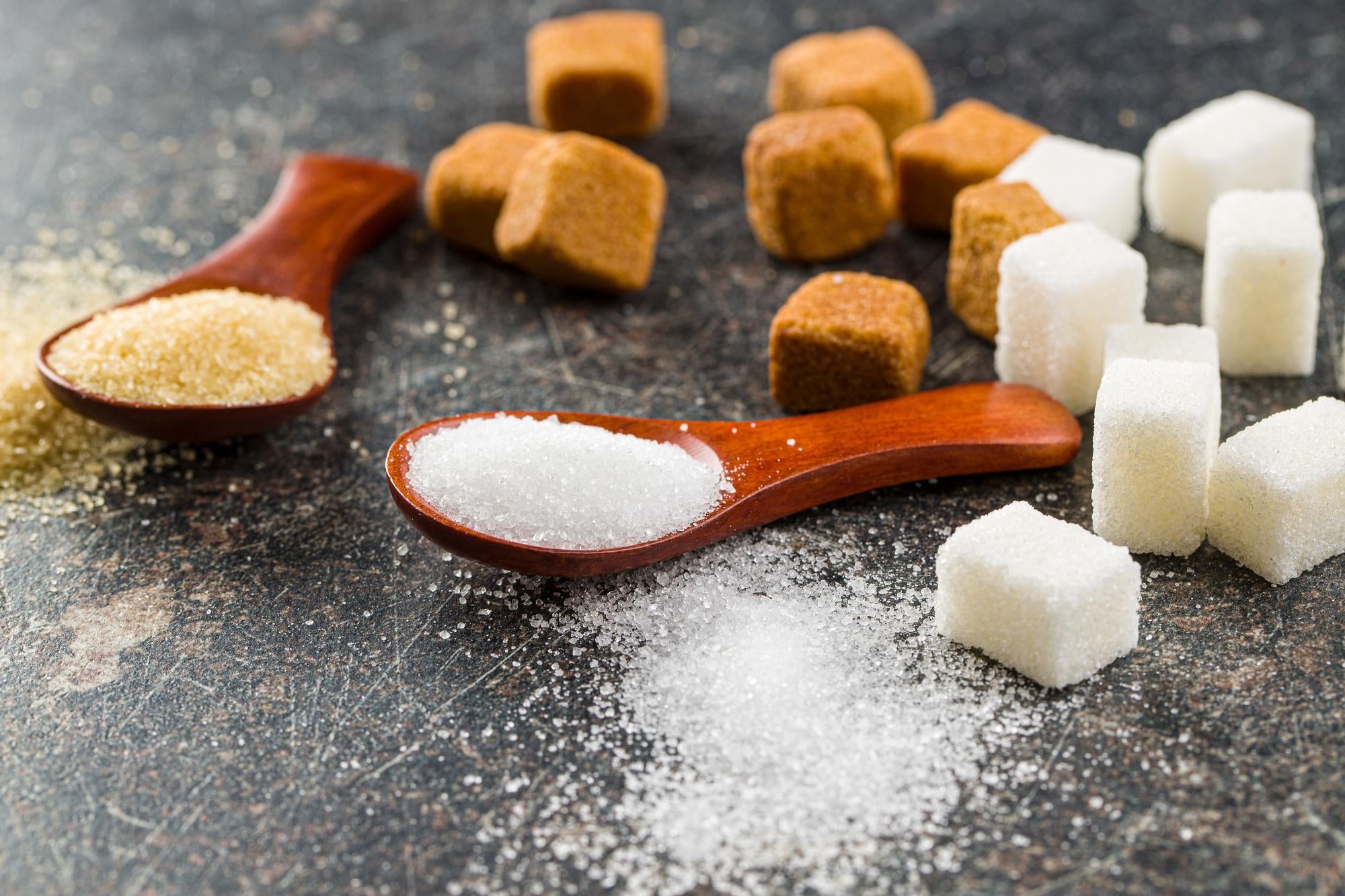Why sugar beet vs sugar cane is a debated issue in today’s sugar industry
Comprehending Sugar Beet Vs Sugar Cane: Secret Distinctions and Their Relevance in the Worldwide Sugar Industry
The differences between sugar beet and sugar cane are substantial in the context of the worldwide sugar industry. Their varying climatic requirements influence where they can be cultivated, while their one-of-a-kind nutritional accounts affect customer preferences. Furthermore, the economic ramifications of each crop form market characteristics. Recognizing these distinctions is crucial for realizing the broader effect on production and supply chains. What further intricacies arise when considering their duties in the sector?
Climate and Geographic Versatility
Sugar beet and sugar cane show distinctive environment and geographical adaptability that influences their farming. Sugar beet grows in pleasant environments, needing cool weather condition for perfect development. It is mainly grown in regions such as Europe and North America, where conditions prefer its development throughout spring and fall. On the other hand, sugar cane embellishments in exotic and subtropical climates, requiring cozy temperatures and abundant rainfall. This plant is mainly grown in nations like Brazil, India, and Australia, where the environment sustains its long growth cycle.The differing flexibility of these crops impacts not just their geographical circulation but also the farming methods utilized by farmers. Sugar beet's strength to cooler temperatures permits earlier growing, while sugar cane relies on a much longer expanding period to attain optimal return. Recognizing these weather preferences is essential for enhancing production and making sure food safety and security in regions reliant on these essential sugar resources.
Farming and Gathering Methods

Cultivating sugar beet and sugar cane involves distinctive strategies customized to each crop's details development needs. Sugar beet is normally planted in amazing, pleasant environments, calling for well-drained soil and precise spacing to enable for optimal origin growth. Sugar beet vs sugar cane. Farmers frequently use mechanical planters to assure consistent seed placement, followed by regular irrigation and weed monitoring practices to support growth.In contrast, sugar cane grows in warmer climates and is generally circulated with stem cuttings instead of seeds. Planting takes place in rows, permitting adequate sunshine and air movement. Gathering sugar cane is labor-intensive, commonly involving hands-on cutting or using specialized equipment, relying on the scale of production. Alternatively, sugar beet harvesting utilizes mechanical farmers that draw out the roots from the soil, minimizing damage and assuring a cleaner item. Both plants demand cautious administration to take full advantage of yield and top quality, reflecting their value in the worldwide sugar sector
Processing Approaches and Performance
Processing techniques for sugar beet and sugar cane expose vital differences that affect effectiveness and return. Sugar beetroots undergo a series of steps, beginning with slicing the origin right into thin cossettes, followed by extraction of juice with diffusion or pressing. This juice is then cleansed, concentrated, and taken shape, leading to granulated sugar. The process generally takes about 5-10 hours from collecting to crystallization.In contrast, sugar cane handling includes squashing the stalks to remove juice, which is after that heated and cleared up. The juice goes through evaporation and formation, commonly taking much longer than beet handling as a result of the coarse nature of the cane. In addition, sugar cane can be refined constantly, boosting efficiency.
Financial Impact and International Production Trends
The distinctions in processing approaches between sugar beet and sugar cane not just affect effectiveness however also have substantial financial ramifications. Sugar cane controls in exotic areas, using lower manufacturing site link costs as a result of positive weather conditions and reduced power demands. In comparison, sugar beet is mainly cultivated in pleasant zones, where greater production expenses are usually sustained. This geographical variation affects international supply chains, influencing rates structures and availability.Recent trends suggest a rising and fall global demand for sugar, with both plants experiencing price volatility. As countries go for self-sufficiency, investments in local sugar beet manufacturing have actually boosted, especially in Europe and The United States And Canada. At the same time, establishing countries proceed to count heavily on sugar cane, driven by export possibility. Generally, the financial impact of these crops is extensive, forming farming plans, trade contracts, and the sustainability of the worldwide sugar market.
Nutritional Profiles and Wellness Considerations
While both sugar beet and sugar cane offer as main sources of sucrose, their nutritional accounts and health and wellness factors to consider differ considerably. Sugar cane, usually perceived as a more all-natural sugar, has trace quantities of vitamins and minerals, including calcium and potassium, as well as antioxidants. On the other hand, sugar beet is largely made up of sucrose with very little dietary worth, but it is rich in fiber and particular phytonutrients, which might offer gastrointestinal benefits.Health factors to consider surrounding both sources concentrate on their high glycemic index and possible implications for excessive weight and diabetes. While both kinds of sugar add to calorie consumption, the processing methods can affect their health and wellness effect. Sugar beet generally goes through considerable refining, while sugar cane might retain more of its natural compounds in less processed types, such as raw cane sugar. Inevitably, moderation is essential when including either into a well balanced diet plan.
Frequently Asked Concerns

Which Regions Mostly Expand Sugar Beet Versus Sugar Cane?
Regions primarily expanding sugar beet consist of Europe and North America, while sugar cane flourishes in tropical and subtropical areas such as Brazil, India, and Southeast see post Asia. Climate and dirt conditions considerably affect these farming patterns.
Just How Do Sugar Beet and Sugar Cane Differ in Preference?

What Prevail Byproducts of Sugar Beet and Sugar Cane?
Typical byproducts of sugar beet consist of molasses and pet feed, while sugar cane returns bagasse, molasses, and ethanol. Both crops contribute significantly to different markets, boosting sustainability and financial worth past their key sugar production.
How Do Ecological Aspects Affect Sugar Beet and Sugar Cane Returns?

What Is the Historical Significance of Sugar Beet and Sugar Cane Growing?
The historical relevance of sugar beet and sugar cane farming depends on their functions in worldwide economic situations, farming practices, and trade. Both crops shaped social structures, affected early american policies, and added to the advancement of modern sectors.